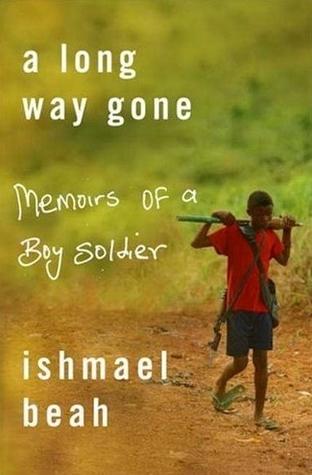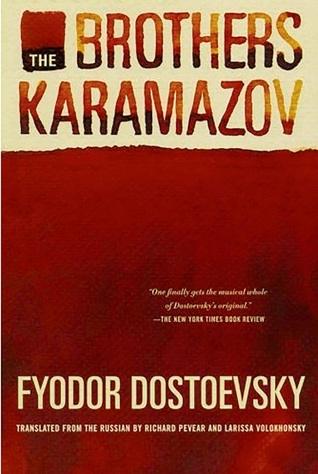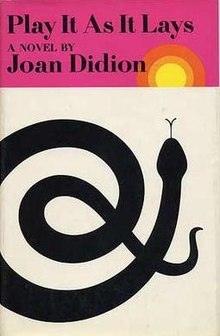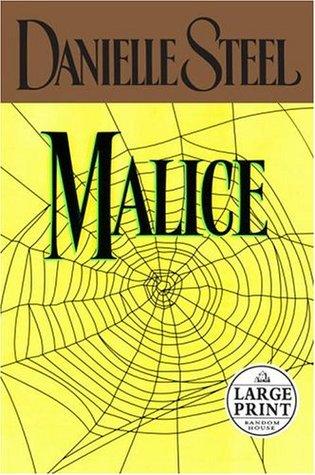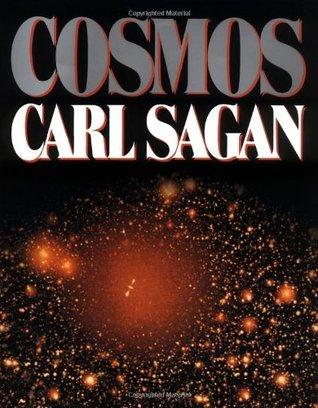War and Peace by Leo Tolstoy Book Summary
Explore the profound themes and key insights of Leo Tolstoy's "War and Peace" in our comprehensive book summary. Discover an engaging review that highlights the novel's historical context, character development, and philosophical reflections. Dive into the epic tale of love, conflict, and humanity today!
War and Peace Book Summary
Leo Tolstoy's War and Peace stands as one of literature's most ambitious masterpieces, weaving together the intimate lives of Russian aristocrats against the backdrop of Napoleon's invasion. This epic novel transcends traditional storytelling by exploring profound themes of fate versus free will, love, war, and the meaning of history itself. Through the interconnected stories of Pierre Bezukhov, Natasha Rostova, and Prince Andrei Bolkonsky, Tolstoy creates a sweeping panorama of human experience that captures both the grandeur and futility of war while celebrating the enduring power of human resilience and spiritual growth.
Discover a comprehensive overview with The Lord of the Rings Book Summary, Review & Key Insights, offering valuable analysis to deepen your understanding of this epic fantasy masterpiece.
War and Peace by Leo Tolstoy - Introduction
I had no idea that War and Peace would make me rethink how history and personal lives are so deeply intertwined. You know, I always thought it was just this massive historical epic about battles and nobility, but Tolstoy dives into the small, everyday moments that shape who we are and how history unfolds. It’s like he’s saying, “History isn’t just dates and wars; it’s about people’s choices, doubts, and dreams.” That really stuck with me.
I picked it up initially because I wanted to tackle a classic that everyone talks about but I’d never actually read. Plus, I’m fascinated by Russian literature and the 19th-century world it captures. At nearly 1400 pages, it’s a serious commitment—expect to spend a good chunk of time with it. But honestly, it’s worth it if you love historical fiction that’s rich in detail and deeply human.
If you’re someone who enjoys stories that mix war, peace, personal growth, and philosophy, this book is for you. It’s not just for history buffs or classic lit fans; it’s for anyone who’s curious about how people navigate chaos and find meaning. You’ll find yourself relating to the characters’ struggles and triumphs, even though they lived centuries ago in Russia.
So, if you’re up for a journey through literature, history, and human nature, grab this one. Trust me, it’ll change how you see the past—and maybe even your own story.
What is War and Peace About?
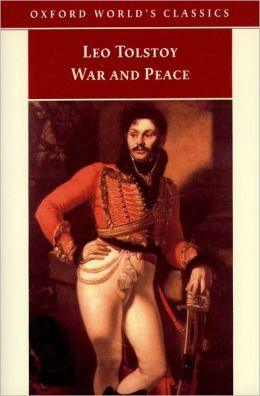
"War and Peace" by Leo Tolstoy explores the intertwined lives of several families against the backdrop of the Napoleonic Wars, delving into themes of love, fate, and the nature of history. The book's main message emphasizes the complexity of human experience and the idea that personal choices shape the course of history, while larger forces remain beyond individual control. Key concepts include the impact of war on society and individuals, the search for meaning in life, and the exploration of moral and philosophical dilemmas faced by characters throughout the narrative.
About Book Author - Leo Tolstoy
Tonight, we have a truly insightful voice with us, Leo Tolstoy. Leo Tolstoy didn't start out as the chronicler of epic historical narratives; I've always found his path to War and Peace particularly fascinating. His early life, marked by service in the Crimean War, wasn't just a biographical detail – it seared into him the brutal realities of conflict and the intricate dance of human behavior under pressure. This, combined with his immersion in Russian aristocratic society, gave him the unique palette for his masterpiece. What's interesting about Leo Tolstoy, and something I believe deeply informed his later works like Anna Karenina, is his profound, almost restless spiritual seeking. It led him to question societal norms in a way few dared, even attempting to renounce his wealth and live as a peasant. He has this incredible gift for dissecting the human heart and the grand sweep of history, not as a detached scholar, but as someone who truly felt the pulse of his era. It’s this blend that makes his insights so powerful:
- Lived experience of war
- Deep empathy for human struggles
- Unflinching societal observation
More Books To Find
War and Peace - Book Overview
It's essentially about the lives of several families during the Napoleonic Wars, exploring how personal and historical events intertwine. Think of it like a massive tapestry where every thread represents a different character's journey, revealing how war impacts love, family, and society.
Tolstoy wrote it not just to tell a story, but to delve into the nature of existence and free will. He wanted to show how individuals are often swept along by the currents of history, challenging the idea that great leaders shape events. Instead, it’s the collective actions of ordinary people that create history.
What sets it apart from other historical novels is its depth and philosophical exploration. While many books focus on the battles and glory of war, War and Peace digs into the emotional and psychological struggles of its characters, making it feel incredibly real and relatable.
One story that really stuck with me is Pierre Bezukhov's transformation. He starts as a confused, awkward guy but goes through a profound journey of self-discovery, searching for meaning in a chaotic world. His experiences reflect the struggle we all face in finding our place in life, making it resonate on a personal level.
Key Insights of War and Peace
War and Peace offers profound insights into the human experience, particularly through the lens of history and individuality.
1. The Nature of History: Tolstoy presents history as a complex interplay of countless individual actions rather than a straightforward narrative driven by great leaders. He emphasizes that historical events are influenced by the collective decisions of many, suggesting that individuals play a crucial role in shaping the course of history.
2. The Impact of War: The novel explores the devastating effects of war on society and individuals. Tolstoy illustrates how war disrupts lives, erodes moral values, and creates a cycle of suffering. He portrays characters grappling with the chaos of battle, highlighting the tragic consequences of conflict.
3. Personal Growth and Transformation: Characters undergo significant transformations throughout the story, reflecting the theme of personal growth. Pierre, Natasha, and Andrei each face their own struggles and ultimately find meaning in their experiences, showcasing the importance of self-discovery.
4. The Interconnectedness of Lives: Tolstoy illustrates how lives intersect and influence one another. The relationships between characters reveal the complex web of human connections, emphasizing that our actions impact those around us, often in unforeseen ways.
5. The Search for Meaning: Amidst the chaos of war and personal strife, characters seek deeper meaning in life. Tolstoy suggests that love, family, and personal fulfillment are essential for achieving true happiness, urging readers to reflect on their own values and priorities.
These insights collectively portray a rich tapestry of life, urging readers to contemplate their roles within the broader historical and social context.
Who Should Read This Book
"War and Peace" by Leo Tolstoy is a must-read for history enthusiasts, literature lovers, and anyone seeking a profound exploration of the human condition. Its intricate portrayal of the Napoleonic Wars offers insights into the complexities of conflict and peace, making it appealing to those interested in military history and political philosophy. Additionally, readers who appreciate character-driven narratives will find Tolstoy's rich character development and moral dilemmas captivating. Ultimately, this epic novel resonates with anyone curious about love, fate, and the interconnectedness of lives during tumultuous times.
Read If You Are
- a history enthusiast interested in the Napoleonic era and its impact on society
- someone seeking a deep exploration of human nature and moral dilemmas
- a lover of epic literature that weaves together personal and political narratives
Skip If You Are
- Not interested in historical fiction or the complexities of 19th-century Russian society
- Prefer fast-paced narratives over lengthy, detailed storytelling
- Dislike books that require deep reflection and analysis of philosophical themes
Important Takeaways from this Book
-
Reflect on Your Values: Take 10 minutes today to write down your core values. Understanding what truly matters to you helps in making decisions that align with your life’s purpose. This clarity can lead to greater fulfillment and direction in both personal and professional spheres.
-
Cultivate Empathy: Engage in a conversation with someone whose views differ from yours. Listen actively without interrupting. This practice fosters empathy, broadening your perspective, and improving relationships. It requires openness and patience but is invaluable for personal growth and social harmony.
-
Embrace Change: Identify one area of your life where you resist change. Write down three small steps you can take to embrace that change. Adapting to change leads to resilience and growth, enhancing your ability to navigate life’s uncertainties.
-
Practice Gratitude: Each evening, jot down three things you’re grateful for that day. This simple act shifts your focus from negativity to positivity, boosting your mental well-being. It requires just a few minutes but can significantly enhance your outlook on life.
-
Take Action on a Cause: Choose a social or community issue you care about and dedicate one hour this week to volunteer or advocate for it. Engaging in meaningful action not only benefits others but also instills a sense of purpose and connection in your own life. Consider your skills and how they can contribute effectively.
Book Review
I approached "War and Peace" expecting a dense historical epic that would be hard to slog through, but I was pleasantly surprised by how engaging and human the characters felt. Tolstoy's ability to weave personal stories into the grand tapestry of history was a revelation.
One of the book's strengths is its character development. Pierre Bezukhov's journey from an awkward outsider to a man of purpose resonated deeply with me. Natasha Rostova's emotional depth and growth were beautifully portrayed, especially during her tumultuous relationship with Andrei Bolkonsky. The way Tolstoy captures the complexity of human emotions is simply masterful.
However, there were moments where the pacing felt uneven. Some sections, particularly the lengthy discussions on philosophy and war strategy, slowed down the narrative. While I appreciate the depth, I sometimes found myself wishing for a tighter focus on the characters' arcs.
In comparison to similar novels like "Les Misérables" or "The Brothers Karamazov," I found "War and Peace" to be more expansive in its exploration of society and history, but it lacked the same level of relentless tension that keeps you on the edge of your seat.
Overall, I was left in awe of Tolstoy's genius but also a bit fatigued by the sheer volume of the book. I would recommend it to anyone who loves in-depth character studies and historical fiction, but it might not be the best fit for those who prefer fast-paced plots or more modern writing styles. If you're willing to invest the time, it's a rewarding read that stays with you long after finishing.
Final Thoughts
If I'm being honest, finishing War and Peace was a bit of an emotional journey for me. My overall takeaway is that Tolstoy brilliantly weaves together the complexities of human nature with the chaos of history, making it a profound reflection on life and love. I'd definitely recommend this if you're someone who enjoys deep character studies and philosophical insights, but skip this one if you're looking for a fast-paced plot or light reading.
The thing that surprised me most was how relatable the characters felt, despite the historical setting. Their struggles and triumphs resonated with me on a personal level. Months from now, I think the theme of resilience will stick with me, especially how it plays out in the face of war and personal loss.
As for whether I'd read it again, I think I'd lean towards recommending the full book rather than just the summary. There's so much richness in Tolstoy's prose that a summary just can't capture. My reading experience was rewarding, albeit challenging at times, but I'm glad I took the plunge. It’s one of those reads that lingers in your mind long after you’ve turned the last page.
Frequently Asked Questions
How long does it take to read War and Peace?
Reading "War and Peace" by Leo Tolstoy, which has 1,392 pages, typically takes around 40 to 60 hours, depending on your reading speed. If you read for about an hour a day, you can finish it in about 1 to 2 months.
What makes "War and Peace" different from other books in this genre?
War and Peace stands out for its intricate blend of historical events, deep philosophical insights, and complex character development. Tolstoy's exploration of fate, free will, and the human experience offers a unique, immersive perspective that transcends typical war novels, making it a timeless masterpiece.
Who is the target audience for War and Peace
The target audience for "War and Peace" includes readers interested in historical fiction, philosophy, and Russian literature. It appeals to those seeking deep character exploration, themes of love and war, and insights into human nature, making it suitable for both casual readers and literary scholars.
Are there any criticisms or limitations of War and Peace
Critics often cite the book's length and complexity as limitations, making it challenging for some readers. Others point to its historical inaccuracies and the philosophical digressions that may detract from the main narrative, potentially confusing those seeking a straightforward story.
What is the main theme of War and Peace by Leo Tolstoy
The main theme of "War and Peace" is the interplay between fate and free will, exploring how personal choices impact history amidst the backdrop of war. It delves into the complexities of love, family, and the search for meaning in a tumultuous world.
Tags:
Leo Tolstoy, War and Peace, War and Peace Author, War and Peace Book, War and Peace Book Description, War and Peace Book Rating, War and Peace Book Review, War and Peace by Leo Tolstoy, War and Peace ISBN, War and Peace Short Summary
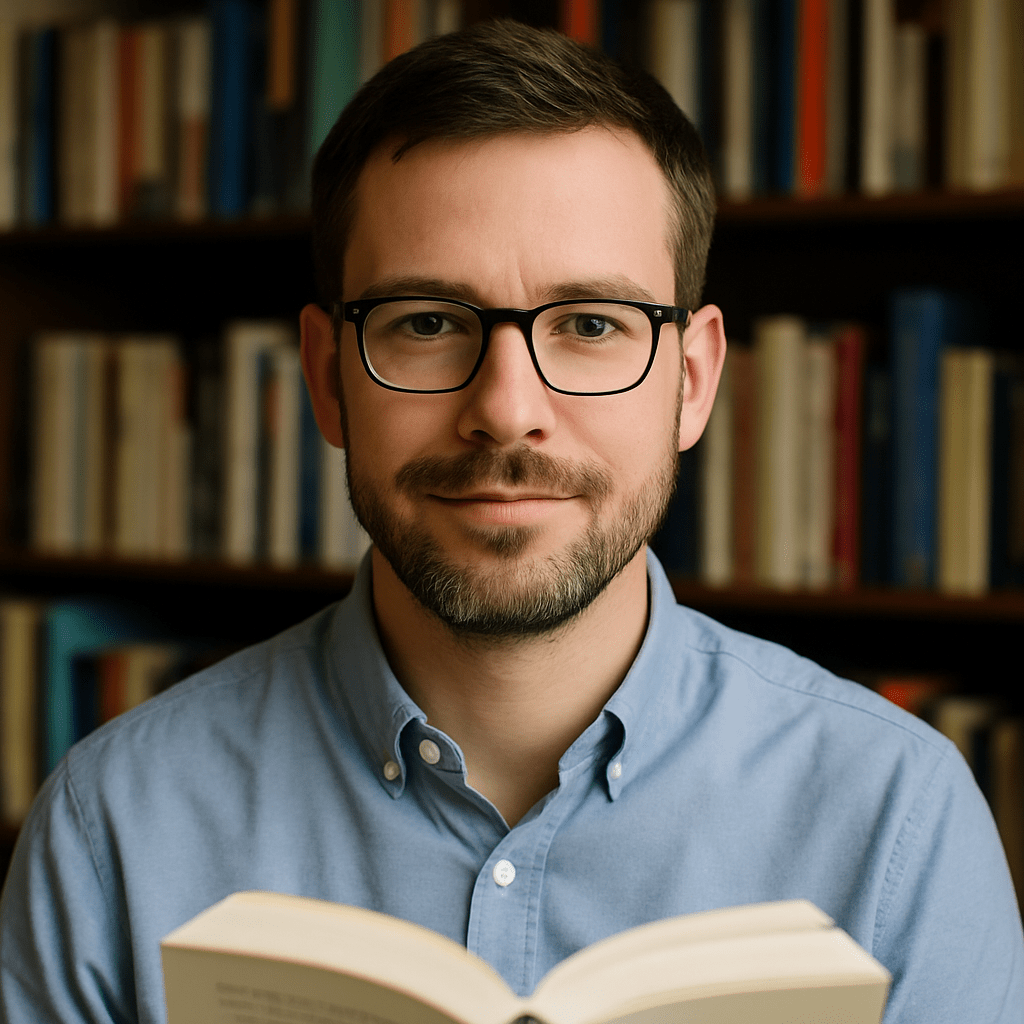
Michel Fisher
Michel Fisher is a passionate fiction enthusiast and book blogger who writes about emotional reads, character-driven stories, and contemporary romance authors that captivate hearts and minds.

War and Peace
Book Overview
Description
In Russia's struggle with Napoleon, Tolstoy saw a tragedy that involved all mankind. Greater than a historical chronicle, War and Peace is an affirmation of life itself, a complete picture', as a contemporary reviewer put it,of everything in which people find their happiness and greatness, their grief and humiliation'. Tolstoy gave his personal approval to this translation, published here in a new single volume edition, which includes an introduction by Henry Gifford, and Tolstoy's important essay `Some Words about War and Peace'.
Key Points
Interconnectedness of lives
Characters
Pierre Bezukhov, Natasha Rostova, Nikolai Rostov, Ilya Rostov, Petya Rostov, Helene Kuragina, Anna Scherer, Lise Bolkonskaya, Platon Karataev, Vasili Denisov, Anna Drubetskaya, Nikolai Bolkonsky, Kirill Bezukhov, Mikhail Kutuzov, Petr Bagration, Dolgorukov, Weyrother, Tikhon, Zherkov, Suvorov, Rostova, Joseph Alexeevich, Bezukhov, Vera Rostova, Prince Andrey Bokonsky, Boris Drubetskoy, Sonya Rostova, Napoleon Bonaparte, Anatole Kuragin, Mademoiselle Bourienne, Maria Bolkonskaya
Publisher
Oxford University Press
First Publish Date
10/28/67

